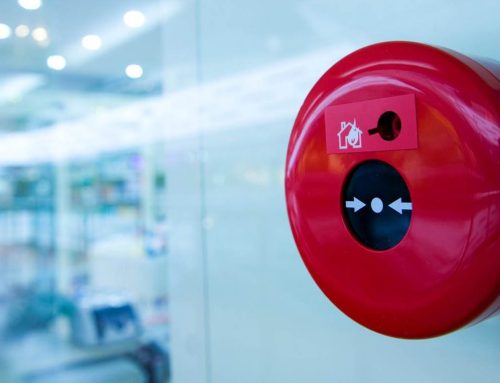Fire alarm detectors are a crucial part of any building’s safety system, however they are not contaminant-resistant. False alerts and decreased sensitivity are just two issues that can arise from contaminated fire alarm detectors. This blog post will go through the reasons why contamination of fire alarm detectors occurs, the issues it can lead to, and what can be done to stop it.
The main pollutants for fire alarm detectors are dust and debris. On the detector’s sensors, dust and debris may assemble, restricting or blocking airflow and degrading the detector’s function. Due to the decreased sensitivity, this could lengthen the time it takes to respond to a fire emergency.
Exposure to smoke, chemicals, or other contaminants is another cause that contributes to the contamination of fire alarm detectors. The detector’s sensors may become damaged and unreliable as a result of exposure to these substances.
Maintenance and testing issues with fire alarm detectors can also be brought on by contamination. If a detector is not functioning properly, it might be challenging to decide whether it needs to be cleaned or replaced. As a result, testing and maintenance may take longer than expected, raising the risk of a fire.
Bugs are an alternative source of contamination for fire alarm detectors. Insects can get stuck in the detector, especially those drawn to light, harming the sensors or impeding airflow.
Keep the area around the fire alarm detectors clear of dust and debris to prevent contamination of the detectors. Air filters, air filters around the detectors, and detector coverings can all be used to do this.
It is not advisable to position the detectors close to any sources of smoke, chemicals, or other contaminants. This can be accomplished by placing the detectors in a place that is well-ventilated and away from chemicals and smoke sources. Bug screens or other insect barriers must be erected in order to keep insects out of the detector.
Vacuuming the area around the central detection chamber of fire alarm detectors or blowing it out with a hair dryer on the cold setting can help with contamination. A specialist or a worker on the building maintenance staff can complete this. It is imperative to work with a specialist for routine upkeep and testing if the issue continues. A specialist can quickly and efficiently evaluate whether the detector needs to be cleaned or replaced.
Vacuuming and blowing out the detector is not a replacement for regular expert maintenance and testing because a professional will have the tools and experience needed to inspect and clean the detector fully and safely.
It is crucial to have a plan in place for handling contamination if it arises in addition to doing routine maintenance and testing. This strategy should outline how to handle false alarms, decreasing sensitivity, and contaminated detector cleaning or replacement.
In conclusion, fire alarm detectors are essential for the security of buildings, but they are susceptible to clogging from dust, debris, smoke, chemicals, bugs, and other pollutants, which can lead to false alerts or reduced sensitivity. To prevent contamination, it is imperative to take the following precautions: keep the detectors in a clean environment; install bug screens or other insect barriers; and keep the detectors away from sources of pollution. Only when done as part of routine maintenance, frequent vacuuming or blowing out the detector on a regular basis can help to solve the issue. Regular professional testing and maintenance are also crucial.






